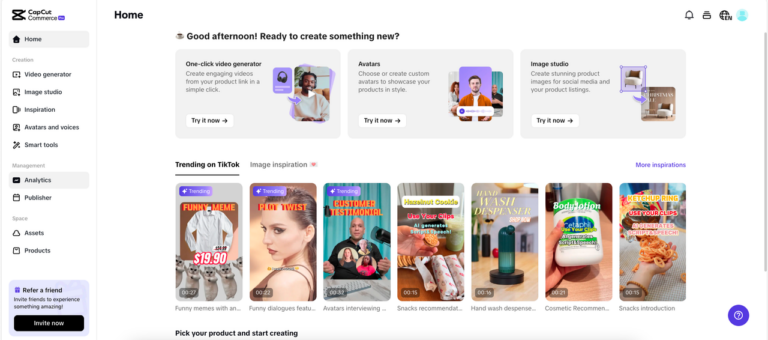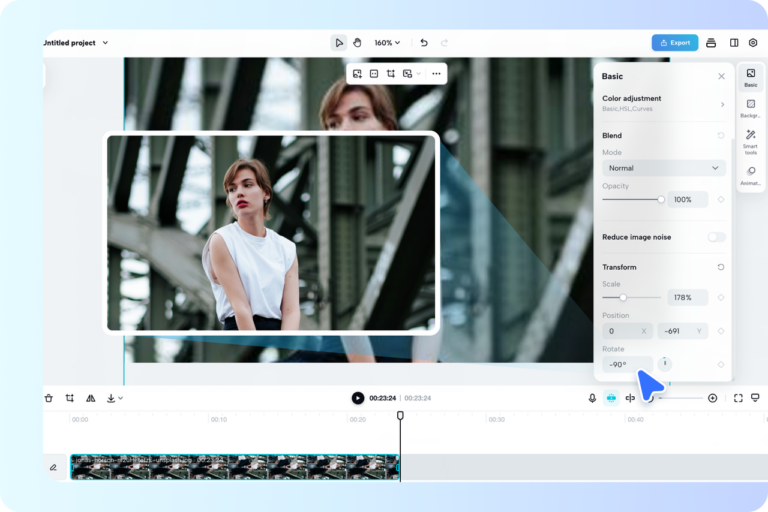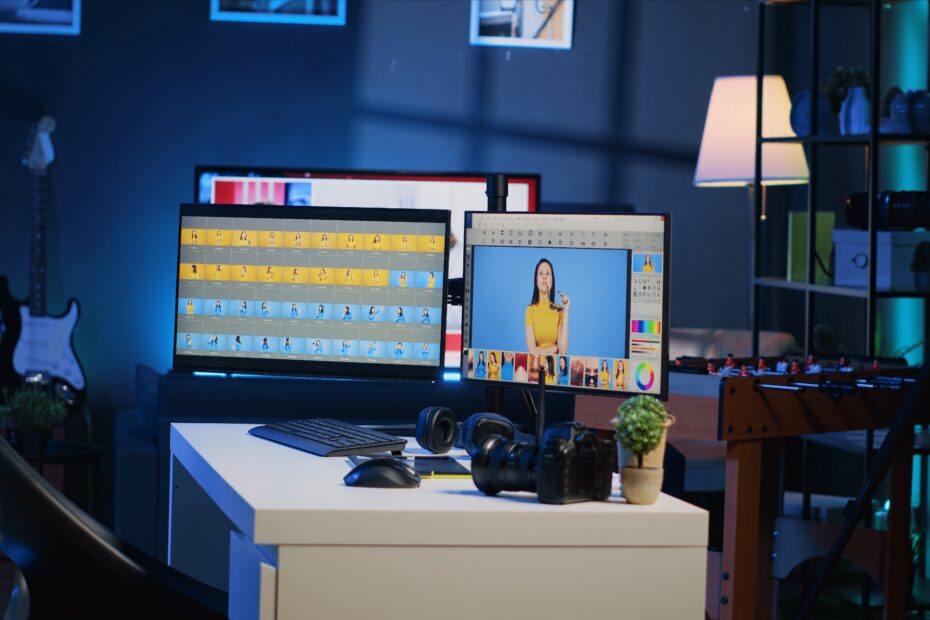Table of Contents
ToggleVideo editing has come a long way from manual cutting and splicing to digital workflows. The rise of artificial intelligence has made the process faster, more efficient, and accessible to creators of all skill levels. Today, an AI video editor can automatically trim clips, adjust color balance, remove noise, and generate transitions, all with minimal manual input.
While these advancements have revolutionized content creation, they have also sparked a debate. Can AI truly replace human editors, or is it simply a powerful tool that enhances their work? While AI is making video production more efficient, questions about creativity, originality, and artistic control remain central to the discussion.
In the world of HR and PTO tracking, AI is also making a noticeable impact. From automating leave approvals to generating insightful reports on employee time off trends, AI tools are helping HR professionals manage their teams more effectively. Integrating AI-powered video editing into PTO training materials or onboarding videos can further streamline HR efforts, allowing teams to create engaging content faster and with fewer resources without sacrificing quality or clarity.

The Role of AI in Video Editing – How It Works
AI video editors operate using machine learning algorithms that analyze footage, recognize patterns, and apply intelligent adjustments. These tools can detect objects, faces, and key moments in a video, making editing far more intuitive.
AI-driven automation speeds up tasks like cutting, trimming, and applying transitions. Smart scene detection ensures smoother edits by identifying shifts in subject focus and making seamless adjustments. Real-time color correction enhances video aesthetics by balancing exposure, contrast, and saturation without requiring manual tweaking.

One of the most useful AI-powered features is automated subtitles and voiceovers. AI can generate captions in multiple languages, improving accessibility for global audiences. It can also transcribe spoken words with high accuracy, saving creators hours of manual work.
Beyond editing, AI can help optimize videos for different platforms. Using a video resizer, businesses and content creators can quickly adjust their footage for Instagram, YouTube, TikTok, and other platforms without needing separate edits for each format.
The Creative Edge – What AI Brings to Video Editing
AI is not just about automation. It also enhances creative possibilities by making complex editing techniques more accessible.
AI-powered tools allow editors to work faster without sacrificing quality. Traditional editing requires hours of manual adjustments, but AI can handle tedious tasks in seconds. Video upscaling technology enables AI to enhance low-resolution footage, making older clips look sharper and more professional. AI stabilization smooths shaky footage, improving overall video quality without the need for expensive equipment.
AI can also suggest improvements based on the video’s content. It analyzes pacing, composition, and subject movement to recommend the best transitions, effects, and overlays. This level of automation ensures that even beginners can produce professional-grade videos.

Where AI Falls Short – The Limitations of Automated Editing
While AI offers incredible efficiency, it is not without limitations. The biggest drawback is its inability to understand human emotion and storytelling nuances.
Video editing is more than just assembling clips. It involves crafting a compelling narrative, creating an emotional impact, and making artistic decisions that align with the creator’s vision. AI may detect important moments, but it cannot fully grasp the subtleties of pacing, mood, and artistic expression.
Another challenge is originality. AI relies on pre-programmed templates and algorithms, which can lead to repetitive styles across different videos. While AI can generate polished edits, it struggles to introduce unique creative elements that make content stand out.
Over-reliance on AI can also limit an editor’s creative control. While automation speeds up the process, it is essential to have a human touch to ensure that the final product aligns with the intended vision.
AI as a Tool, Not a Replacement – The Human-AI Collaboration
Rather than replacing human editors, AI is best used as a collaborative tool that streamlines workflow. Many professionals integrate AI into their editing process to enhance efficiency while maintaining creative oversight.
AI assists with repetitive tasks such as trimming, stabilizing footage, and correcting colors. Editors can then focus on refining details, adding creative elements, and shaping the narrative. This collaboration allows creators to produce high-quality videos in less time without compromising their artistic vision.

Many industry professionals already use AI-powered tools to speed up post-production. However, they still rely on human expertise to fine-tune the final output. AI can handle technical enhancements, but storytelling, emotion, and creativity remain in the hands of human editors.
AI Video Editing: A Game-Changer or a Job Disruptor?
With AI continuing to evolve, there are concerns about job displacement in the creative industry. However, AI is more likely to reshape the role of video editors rather than replace them entirely.
AI-driven tools are expected to become even more advanced, offering real-time suggestions, automated storytelling assistance, and intelligent editing presets. These innovations will make video editing more accessible to a broader audience while allowing professionals to focus on high-level creative decisions.
The key to staying ahead in an AI-driven industry is adaptability. Video professionals who embrace AI tools and integrate them into their workflow will be better positioned for future opportunities. Learning to balance automation with human creativity will be crucial for success in the evolving digital landscape.
Conclusion
AI video editing is not a replacement for human creativity, but rather an enhancer that makes video production more efficient. While AI automates technical tasks, human editors bring originality, emotion, and artistic vision to the final product. By embracing AI as a tool rather than a competitor, creators can take advantage of its capabilities without sacrificing their creative control. The future of video editing lies in a balance between automation and human expertise, where AI handles the heavy lifting while humans bring stories to life. As technology advances, this collaboration will lead to faster, higher-quality, and more innovative video production.
